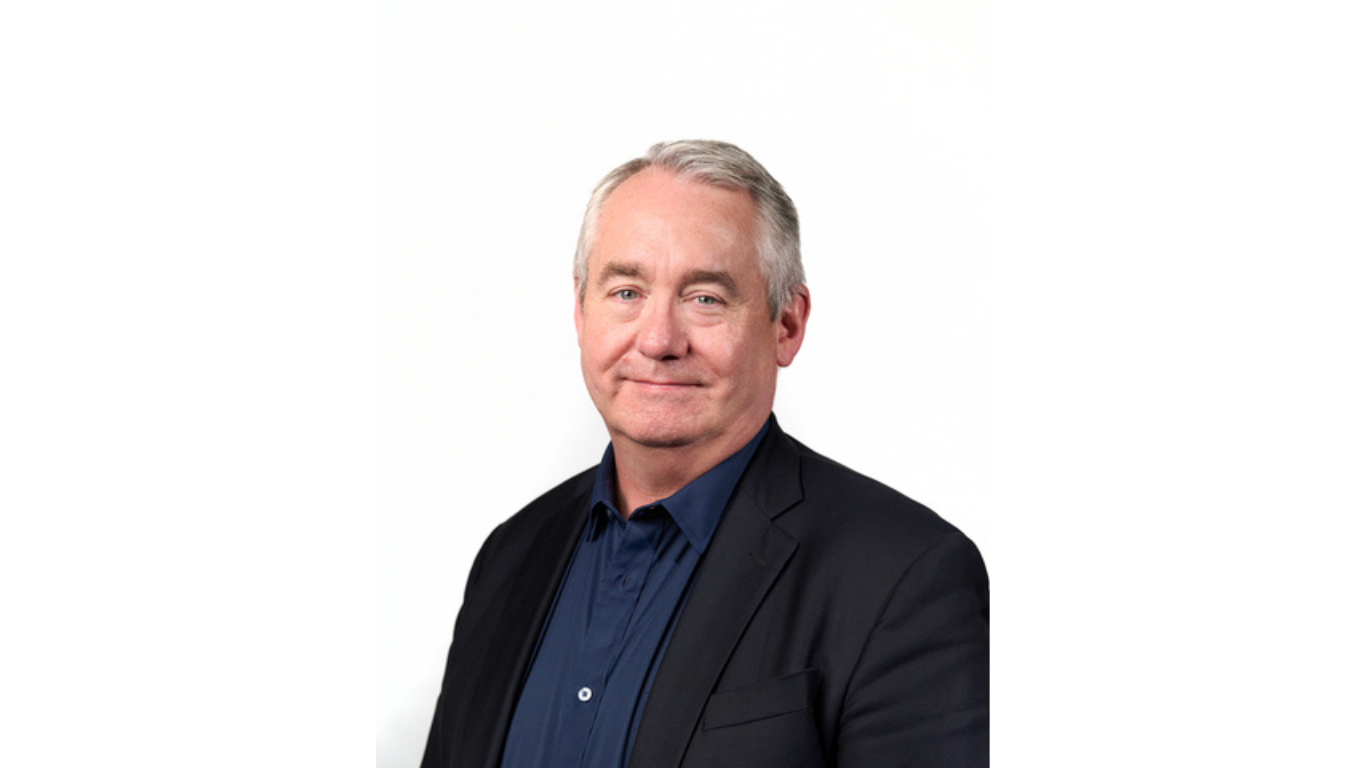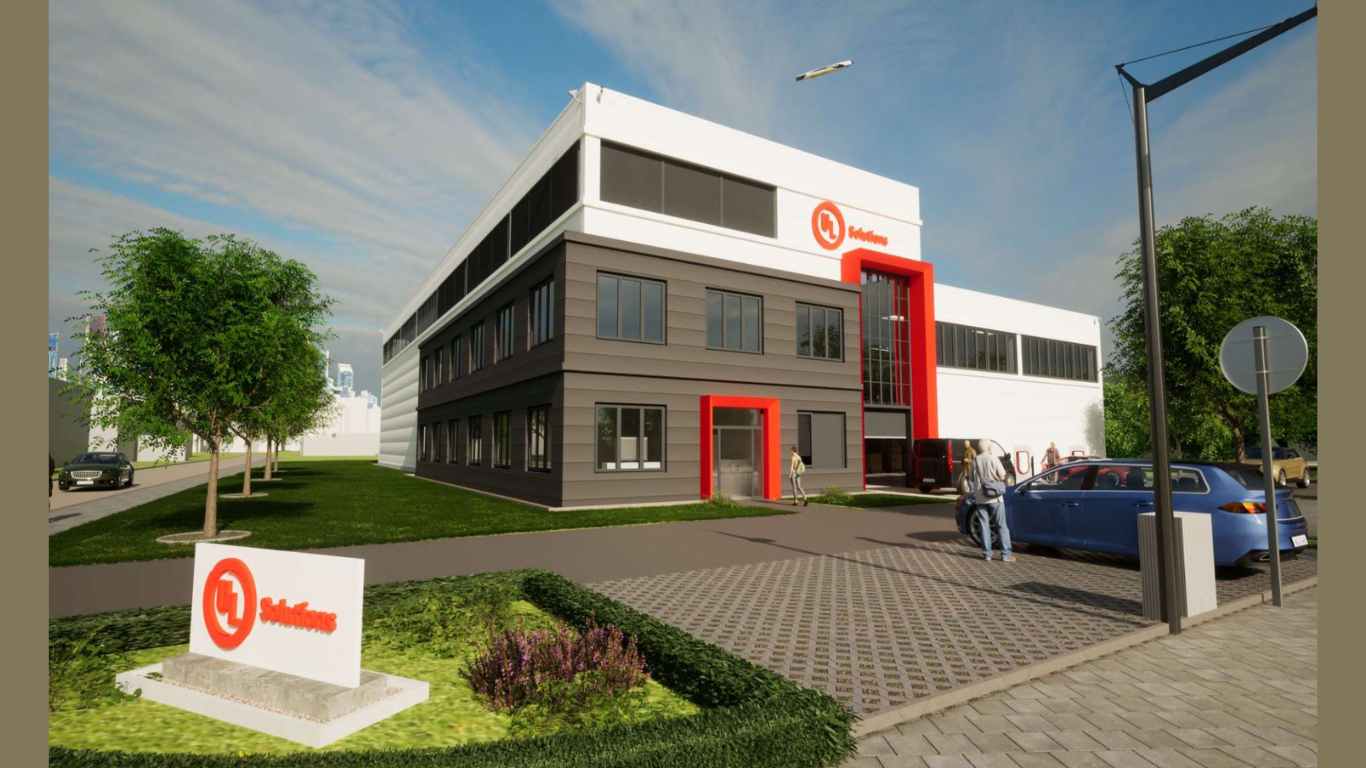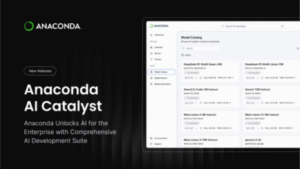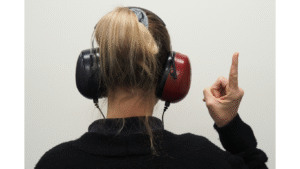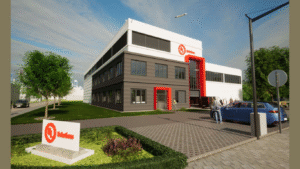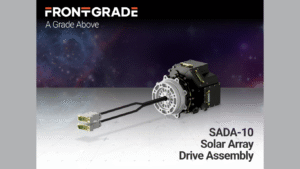Exposure to loud or repetitive sounds during work hours can cause gradual hearing loss that often goes unnoticed until it becomes serious. Many professionals face constant noise that affects their ability to hear clearly, process sound, or maintain focus. The damage builds silently, and in some industries, the risk becomes part of daily life. Understanding which jobs present the greatest challenges allows workers to protect their hearing and preserve long-term wellness.
Noise-induced hearing loss remains one of the most common occupational health issues worldwide. It develops when sound levels exceed safe limits repeatedly, damaging the delicate hair cells in the inner ear that transmit sound signals to the brain. While hearing damage can occur suddenly in extreme conditions, most cases result from years of exposure without proper protection.
Construction and Industrial Work
Construction environments combine heavy machinery, power tools, and constant activity, which create hazardous sound levels. Equipment such as drills, saws, jackhammers, and bulldozers produce decibel readings well above safe thresholds. A study from the National Institute for Occupational Safety and Health found that construction workers often experience sound levels surpassing 85 decibels, which can cause permanent hearing damage after prolonged exposure.
Industrial workplaces share similar risks. Factory workers, machinists, and mechanics often spend hours near engines, compressors, or assembly lines. Each machine contributes to the cumulative impact of noise throughout a shift. Without consistent hearing protection, workers face an increased chance of long-term damage that affects communication and concentration.
Employers who implement sound control measures reduce these risks. Barriers, noise-canceling panels, and scheduled breaks from noisy zones help preserve hearing health. Workers benefit from proper training that emphasizes the use of earplugs or earmuffs as part of everyday safety gear.
Manufacturing and Mining Environments
Manufacturing and mining rank among the highest-risk industries for hearing loss. Constant vibration, drilling, crushing, and conveyor operation combine into a relentless mix of mechanical noise. Enclosed spaces amplify the sound further, increasing exposure for every worker.
Miners often encounter additional challenges underground, where equipment echoes within confined tunnels. Proper ventilation systems and insulated walls help reduce decibel levels, but consistent protective gear remains the most effective defense.
Manufacturing facilities can incorporate noise audits to identify critical areas for improvement. Engineering solutions such as sound-absorbing barriers and machine isolation panels create safer working environments. Employees who report early symptoms like ringing or muffled hearing should receive prompt evaluation and access to expert care for hearing to prevent long-term damage. Early diagnosis gives medical professionals the chance to recommend treatments or protective strategies that maintain hearing strength and daily function.

Aviation and Transportation Jobs
Pilots, flight attendants, and ground crew members experience constant exposure to aircraft engines, which generate extreme sound pressure levels. Jet engines reach up to 140 decibels during takeoff, creating a hazardous environment even during short periods. Baggage handlers and maintenance staff stationed near runways endure continuous background noise that increases fatigue and affects alertness.
Transportation professionals encounter similar risks in other settings. Train conductors, bus drivers, and truck operators deal with engine vibrations and repetitive sounds that strain the ears. These environments may seem less intense than airports, but their long hours amplify exposure and potential harm. Hearing protection designed for communication-heavy jobs can make a difference, allowing workers to hear instructions while filtering harmful noise.
Workplace regulations now require sound monitoring and hearing assessments in many transportation roles. Employers who prioritize noise control create safer and more sustainable work environments for their teams.
Entertainment and Music Professions
Musicians, sound engineers, and concert staff live within one of the loudest professional settings. Live performances, rehearsals, and recording sessions expose individuals to high volumes that exceed safety limits. Sound technicians working behind speakers experience levels that can cause discomfort within minutes. Prolonged exposure without hearing protection leads to tinnitus, distortion, or permanent loss.
Performers often underestimate their exposure, focusing on performance rather than prevention. In-ear monitors with volume controls provide safer listening while maintaining sound clarity. Custom-fitted ear protection allows musicians to continue performing without sacrificing tone or quality.
Nightclub employees, DJs, and venue staff share similar risks due to constant proximity to amplified sound systems. Regular breaks, sound checks, and noise-dampening installations help mitigate these risks. Prioritizing hearing safety ensures long-term performance capability and improved comfort during work hours.
A commitment to protection and monitoring ensures that professionals across every industry maintain strong hearing for years to come. The right combination of safety measures, awareness, and timely medical support prevents long-term complications and improves quality of life in and beyond the workplace.
Article received via email





